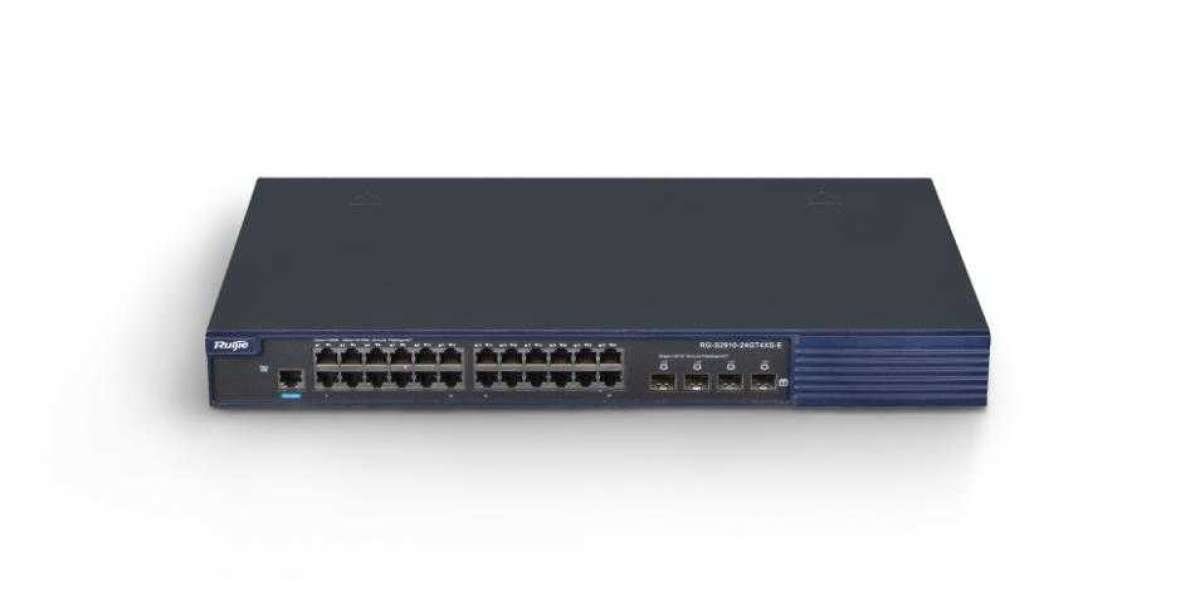How does a network switch work? There are three working modes of network switches:
Edge switches, also known as access switches: they handle traffic entering and leaving the network. Edge switches connect various devices, including personal computers and access points.
Aggregation switch: The switch used for aggregation or propagation is located in an optional intermediate layer. These are connected to edge switches, which can transfer traffic from one switch to another or to the core network switch.
Core switches: The backbone of a network consists of these switches. Core switches connect edge switches or aggregation switches, devices, or consumer edge networks to the network in the data center, and routers to the organizational LAN.
As shown in the figure below, a network switch is a multi-port bridge of a network running in the data connection layer of the OSI model. It is responsible for data transmission using the Media Access Control Address (MAC). Some switches can forward data to the network layer (i.e. layer 3) because they are equipped with routing functionality. The third layer switch, commonly referred to as a multi-layer switch, is an example of this type of switch.
When frames are sent to MAC addresses that are not recognized by the switch infrastructure, they will be flooded onto all switch domain ports for delivery to the intended recipient. The frames used for broadcasting and multicast may also become saturated. As part of the OSI design, the BUM flooding function converts the switch into a data link layer or layer 2 device. BUM flooding refers to the flooding of unknown unicast, broadcast, and multicast traffic.
Switches are an important component of every network. They connect multiple devices in the same network, such as PCs, printers, wireless access points, and servers.
Switches allow interconnected devices to transmit data and communicate with each other. When a device is connected to a switch, the switch records the media access control (MAC) information of the device. This address is a code stored in the network interface card (NIC) of the device, which is a part of the device connected to the switch through an Ethernet cable.
The MAC address determines which associated device sends out directional packets and where incoming directional packets are sent. Unlike the IP addresses of the third layer of the network that are periodically assigned to devices and change over time, MAC addresses are used to persistently identify physical endpoint devices. When a device sends a packet to another device, it reaches the switch, which scans the packet header to determine what to do next.
It checks the destination address and sends the message to the device through the appropriate port. Many switches are equipped with full duplex functionality to minimize the possibility of network traffic conflicts. This provides the entire bandwidth for the connection between devices and switches for data packets.
Although switches typically perform functions on layer 2, they can also perform on layer 3. This is necessary to allow virtual local area networks (VLANs) to be extended to logical network segments outside of subnets. Traffic must pass between switches in order to move from one subnet to another, thanks to the built-in routing function of the switch.

